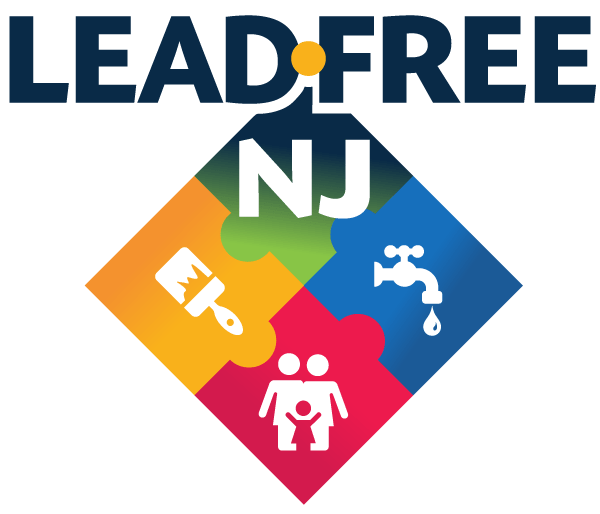Lower Lead Levels In Water? It’s About Time, Newark Activist Says
The EPA is proposing a series of major changes to the nation’s drinking water standards. A New Jersey educator says it’s long overdue.
The U.S. Environmental Protection Agency (EPA) is proposing a series of changes to lead standards for the nation’s drinking water. The agency pointed to Newark, New Jersey as a city that has seen recent success on that front.
NEWARK, NJ — As an educator, Yvette Jordan has seen firsthand why it’s important to protect the youth of America. Now, the chair of the Newark Education Workers Caucus is among the community leaders and health experts who are pushing the federal government to protect kids on another front: their drinking water.
Last week, Jordan joined other advocates to put a spotlight on the U.S. Environmental Protection Agency’s (EPA) proposed changes to lead standards for the nation’s drinking water. The proposed changes include lowering the “action level” for lead from 15 parts per billion to 10 parts per billion. When a water system’s lead sampling exceeds this level, its administrators would have to inform the public – while also replacing all of the lead pipes in its network.
See the full list of proposed changes here. When added together, the new regulations would require the vast majority of water systems to replace their lead services lines within 10 years, according to the EPA.
New Jersey is already working towards that goal, with a state law mandating that all lead service pipes be replaced across the state by 2031.
- Read More: New Jersey Is Replacing Its Lead Water Pipes – All Of Them
- Read More: NJ Will Save Much More Than It Spends Replacing Lead Pipes, Study Says
The EPA pointed to the success recently seen in Newark, which has contended with its own lead crisis in the city’s drinking water – and come out on top, officials say.
The EPA says the proposed changes could be finalized by October 2024. But according to Jordan and other advocates, the move is long overdue and urgently needed. “As an educator I’ve seen how important it is to protect young people,” said Jordan, who is also on the LeadFree NJ steering committee. “And in terms of my classroom what I see every day are the effects of environmental injustice – and lead and water obviously is one of them.”
“There are so many aspects of what the EPA has proposed that are good,” Jordan added. “However, we feel it is important to go one step further.” While the proposed LCRI offers improvements, the rule can still be strengthened to better protect impacted communities by requiring water utilities to take on the cost of lead service line replacement, enforcing a lower action level of five parts per billion, and ensuring all utilities must abide by the 10-year deadline. The rule also falls short on protections for schools and daycares, advocates argued. No safe level of lead exposure in children has been identified, according to the Centers for Disease Control and Prevention
